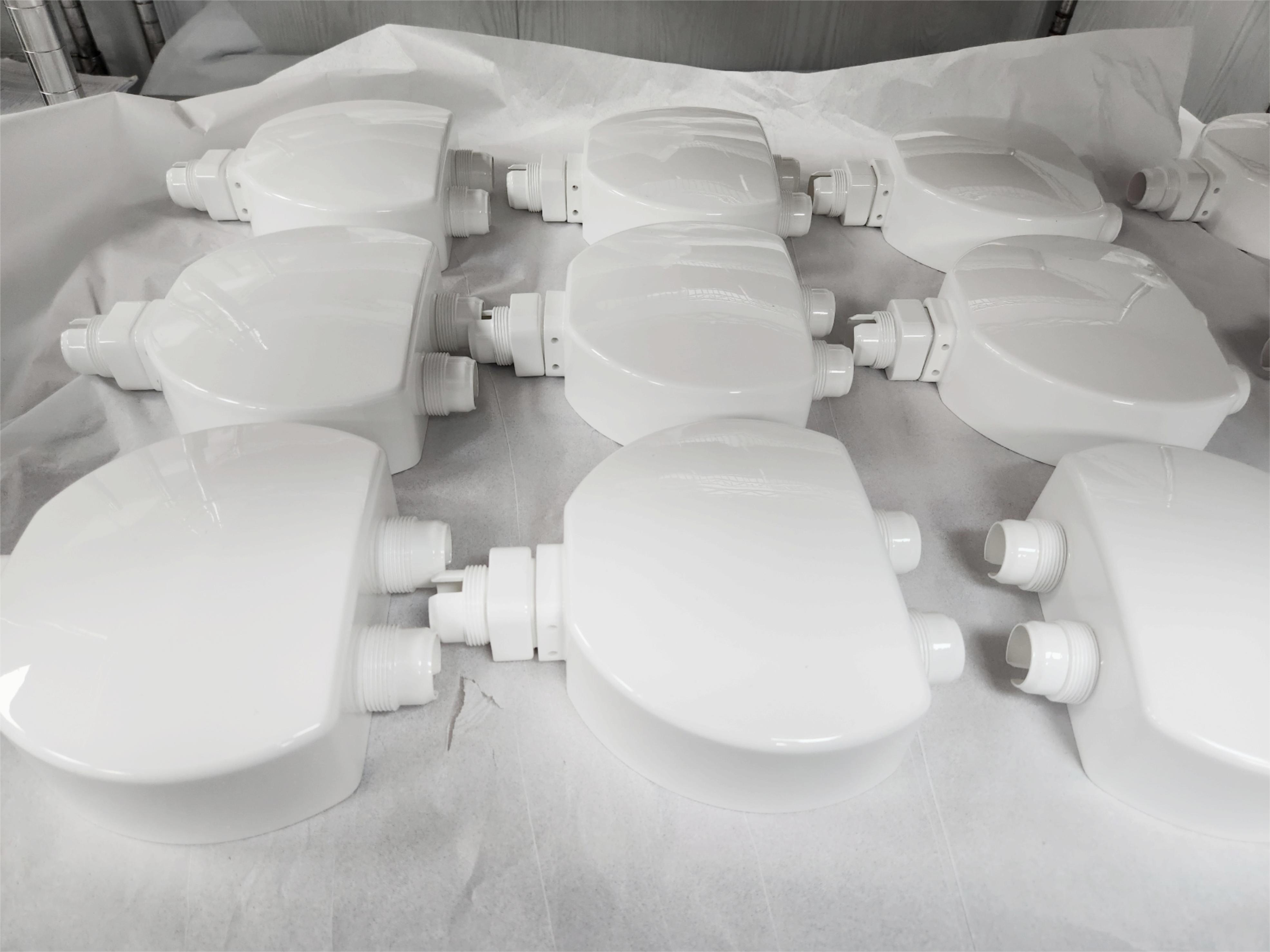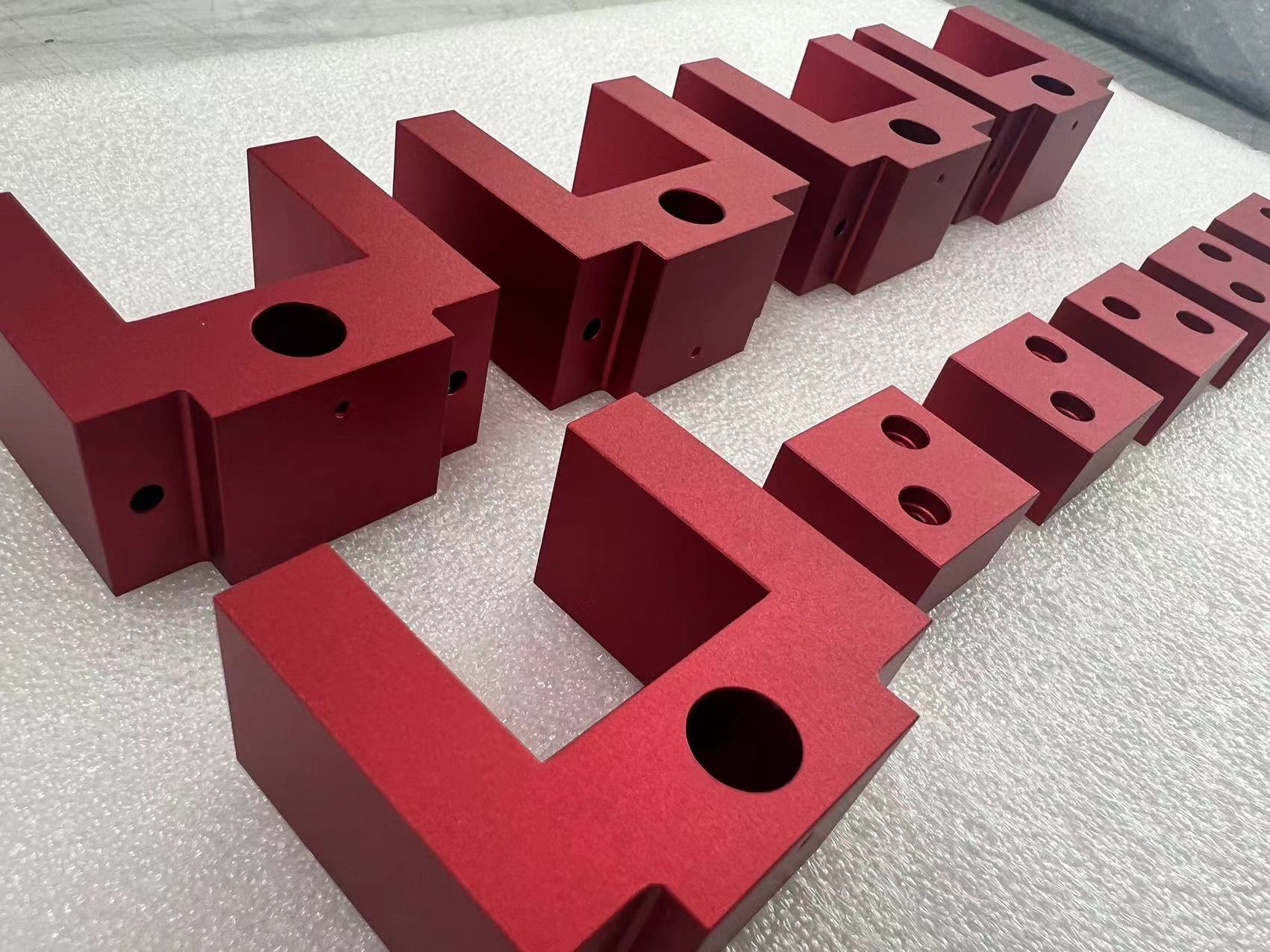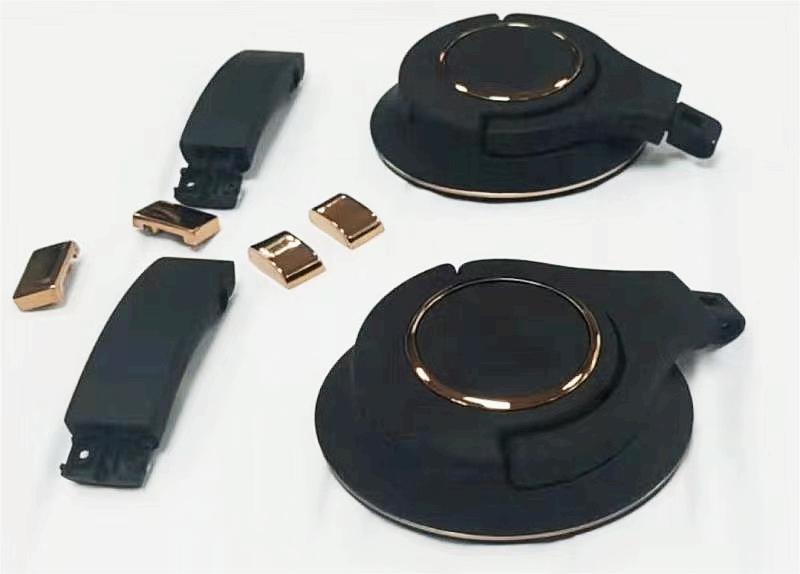Vacuum Casting
Vacuum casting, also known as silicone molding.
It involves pouring liquid polyurethane material into a silicone mold, which is formed around a master pattern produced using 3D printing or CNC machining.
The mold is then vacuum-sealed to remove any air bubbles, ensuring precise replication of the master pattern.
Once cured, the mold is opened, and the final part is extracted, ready for finishing touches.
Advantages for Plastic Industries:
1. Cost-Effective Prototyping:
Vacuum casting offers a cost-effective solution for prototyping plastic components.
Traditional methods like injection molding require expensive tooling and have high setup costs.
In contrast, vacuum casting allows manufacturers to produce small to medium batches of prototypes without the need for extensive tooling, reducing overall costs significantly.
2. Rapid Turnaround Time:
Speed is paramount in today's competitive market.
Vacuum casting enables rapid prototyping, with lead times ranging from a few days to a couple of weeks, depending on the complexity of the part.
This quick turnaround time accelerates product development cycles, giving businesses a competitive edge.
3. High-Quality Replication:
One of the standout features of vacuum casting is its ability to produce high-quality replicas of the master pattern.
The silicone molds can capture intricate details and surface finishes with remarkable accuracy, ensuring that the final parts meet the desired specifications.
This level of precision is essential for industries where aesthetics and functionality are critical.
4. Material Variety and Properties:
Vacuum casting supports a wide range of materials, including various types of polyurethane resins with different mechanical properties, colors, and finishes.
This versatility allows manufacturers to simulate the properties of production-grade plastics, enabling comprehensive testing and evaluation of prototypes before full-scale production.












